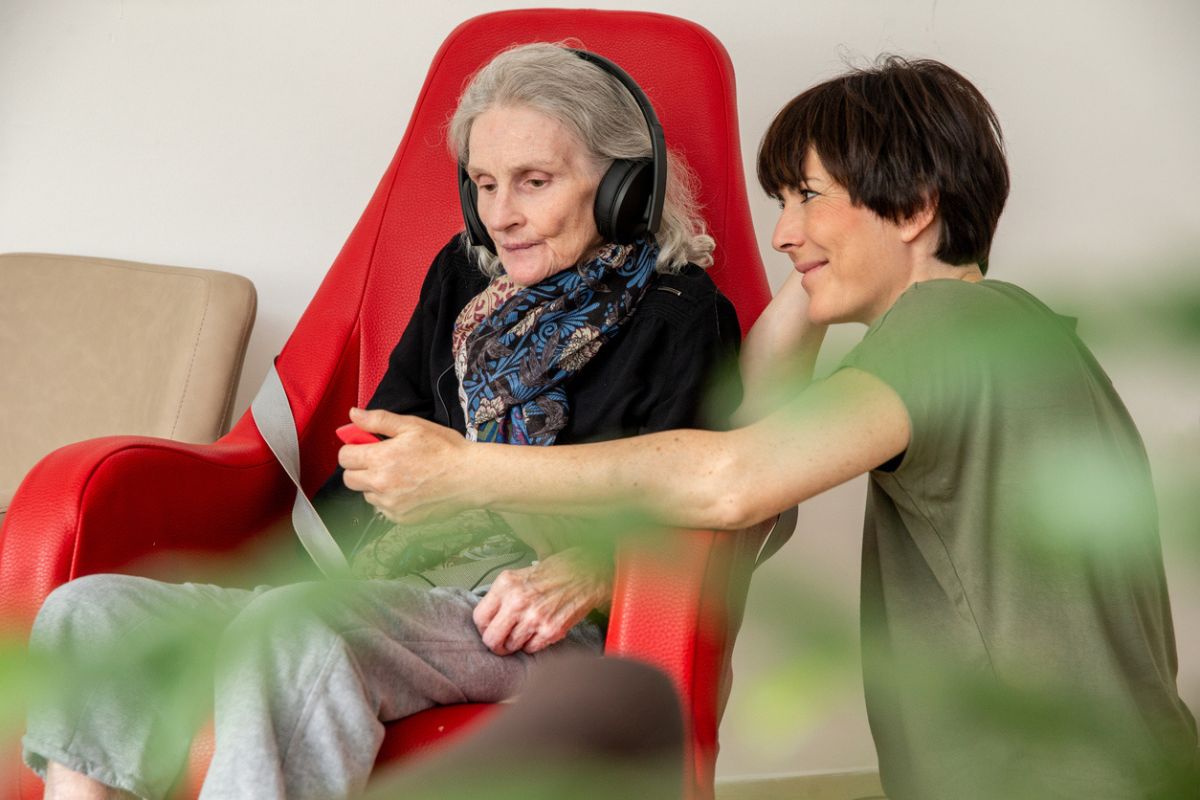New theoretical research has exposed a possible connection between head injuries and the reactivation of latent herpes simplex virus type 1 (HSV-1) in the brain.
The discovery could shed light on a mechanism that might contribute to neurodegenerative diseases such as Alzheimer’s disease (AD) and chronic traumatic encephalopathy (CTE).
Appearing in Science Signaling, the paper explains how repeated mild brain injuries can provoke the HSV-1 reactivation, leading to the accumulation of β amyloid, phosphorylated tau, and other signs of dementia-related diseases.
HSV-1, a common virus that plagues roughly 80 percent of people by the time they turn 60, normally sits dormant. But, in some, it can “wake up,” particularly in times of stress, immunosuppression, or inflammation. HSV-1 reactivation dramatically drives up the dementia risk in those carrying the APOE4 gene, a known Alzheimer’s risk factor.
These study results could be particularly important for anyone who’s suffered repeated mild TBIs, such as athletes and veterans.
Methodology
The Tufts and Oxford University researchers developed a three-dimensional human brain tissue model to mimic the effects of concussive injuries. They found that repeated mild blows to the model triggered dormant HSV-1, setting off a domino effect of pathological changes. These included β amyloid production, tau phosphorylation, and gliosis. Earlier studies have shown that all of these contribute to synaptic dysfunction and neurodegeneration. These escalated with successive injuries but remained absent in mock-infected tissues.
“The brain tissue model takes us to another level in investigating these connections between injury, infection, and Alzheimer’s disease,” co-author David Kaplan, Stern Family Endowed Professor of Engineering at Tufts, said in a press release. “We can recreate normal tissue environments that look like the inside of a brain, track viruses, plaques, proteins, genetic activity, inflammation and even measure the level of signaling between neurons.”
The findings underscore the role inflammation plays in the reactivation in HSV-1. More specifically, the study authors identified inflammatory cytokine interleukin-1β (IL-1β) as a key mediator. Blocking IL-1β in the model prevented amyloid accumulation and neuroinflammation, suggesting a potential therapeutic target. This underscored how traumatic brain injuries, even mild or repetitive ones, can drive up the risks of neurodegenerative diseases by reviving latent viruses through inflammatory pathways.
Implications for Neurodegenerative Diseases
Multiple studies have long established that traumatic brain injuries (TBI) can be a strong risk factor for dementia. But researchers have struggled to connect the dots between the two. This paper presents a compelling explanation: the reactivation of HSV-1 might act as an intermediary.
The study also aligns with previous research showing that secondary outcomes of TBI, such as chronic inflammation and axonal damage, contribute to long-term cognitive decline. Notably, the presence of HSV-1 in the brain may amplify these effects, increasing the likelihood of developing AD or CTE.
Moving Forward
Epidemiological studies have shown that infections can worsen cognitive decline and elevate the risk of AD. Antiviral therapies have been observed to reduce this risk, supporting the idea that controlling viral reactivation could be pivotal in preventing dementia. The study’s findings suggest that managing inflammation and preventing HSV-1 reactivation after head injuries could significantly lower the incidence of neurodegenerative diseases, particularly in APOE4 carriers.
The research also raises important questions about the cumulative effects of repeated injuries, particularly in younger individuals exposed to frequent head trauma. The accelerated development of AD-like phenotypes in the model suggests that early interventions could be critical for anyone at higher risk of these injuries.
The authors propose further research into treatments that target inflammation and viral replication after a brain injury. The researchers suggest that anti-inflammatory drugs, antiviral agents, and therapeutic strategies targeting IL-1β could help mitigate the long-term effects of TBI and cut the threat of dementia-related diseases. These findings could lay the groundwork for new preventative and therapeutic treatments.
Further Reading
Exploring the Link Between Schizophrenia and Alzheimer’s



